Push-ups are a staple of any effective bodyweight workout, and at Boardgains, we love to incorporate this classic exercise into our fitness board game. Not only are push-ups simple to perform and accessible to all fitness levels, but they also offer a wide range of benefits for the upper body. In this article, we will dive into the many ways push-ups can help you achieve your fitness goals and how Boardgains makes them even more fun and engaging.
How To Push-up:
- Start in a straight arm plank position, placing your hands slightly wider than shoulder-width apart on the ground..
- Lower your body until your chest nearly touches the ground.
- Push your body back up to the starting position.
- Repeat for desired reps.
Rep Count: Each pushup counts as 1 rep.
Modification: Pushup on knees
The Benefits of Push-ups
Push-ups have numerous benefits for the body, including:
- Building upper body strength: Push-ups primarily work the chest, shoulders, and triceps, but they also engage the core and back muscles. By consistently performing push-ups, you can build significant upper body strength.
- Improving posture: Push-ups strengthen the muscles in the upper back, which can help improve posture and reduce the risk of back pain.
- Increasing endurance: Push-ups are a compound exercise that works multiple muscle groups at once, which can increase overall endurance and stamina.
- No equipment required: Push-ups require no equipment, so you can do them anywhere, anytime.
- Versatility: There are many variations of push-ups that can be used to target different muscle groups or increase the difficulty of the exercise.
Proper Form for Push-ups
Proper form is essential for getting the most out of your push-ups and avoiding injury. Follow these steps for proper push-up form:
- Start in a high plank position with your hands shoulder-width apart, fingers facing forward, and your body in a straight line from your head to your heels.
- Lower your body down towards the ground by bending your elbows, keeping your elbows close to your body.
- Lower your body until your chest touches the ground or is close to it.
- Push yourself back up to the starting position, keeping your body in a straight line throughout the movement.
- Repeat for your desired number of reps.
Common Mistakes and How to Avoid Them
Here are some common mistakes people make when doing push-ups and how to avoid them:
- Arching your back: Keep your core engaged and your back straight throughout the movement.
- Dropping your head: Keep your head in a neutral position and look at the ground a few inches in front of your hands.
- Flaring your elbows: Keep your elbows close to your body throughout the movement.
- Not lowering your body enough: Lower your body until your chest touches the ground or is close to it.
- Not pushing yourself up enough: Push yourself back up to the starting position until your arms are fully extended.
Push-up Variations for Different Levels of Fitness
Push-ups can be modified to make them easier or more challenging, depending on your fitness level. Here are some push-up variations:
- Knee push-ups: Start in a high plank position, but with your knees on the ground. Lower your body towards the ground, keeping your back straight, and push
- Incline push-ups: Place your hands on an elevated surface, such as a bench or step. Lower your body towards the elevated surface, keeping your back straight, and push yourself back up.
- Decline push-ups: Place your feet on an elevated surface, such as a bench or step, with your hands on the ground. Lower your body towards the ground, keeping your back straight, and push yourself back up.
- Wide-grip push-ups: Place your hands wider than shoulder-width apart, and lower your body towards the ground while keeping your elbows at a 45-degree angle to your body.
- Close-grip push-ups: Place your hands closer together than shoulder-width apart, and lower your body towards the ground while keeping your elbows close to your body.
- Plyometric push-ups: Lower your body towards the ground, push yourself up explosively, and clap your hands before landing back in the starting position.
How to Incorporate Push-ups into Your Workout Routine
Push-ups can be incorporated into your workout routine in many ways. Here are a few examples:
- As a standalone exercise: Perform several sets of push-ups, with rest periods in between each set.
- As part of a circuit: Incorporate push-ups into a circuit-style workout, alternating between push-ups and other exercises.
- In between sets: Perform a set of push-ups in between sets of other exercises.
- With weights: Hold dumbbells or other weights while performing push-ups to increase the difficulty.
Advanced Push-up Variations
Once you have mastered the basic push-up, there are many advanced variations to challenge yourself. Here are a few examples:
- One-arm push-ups: Place one hand behind your back and perform a push-up with the other arm.
- Spiderman push-ups: As you lower your body towards the ground, bring one knee towards your elbow, then return to the starting position and repeat on the other side.
- Handstand push-ups: Perform a push-up while in a handstand position against a wall.
- One-legged push-ups: Raise one leg off the ground and perform a push-up, then repeat on the other side.
How Many Push-ups Should You Do?
The number of push-ups you should do depends on your fitness level and goals. Here are some guidelines:
- Beginners: Start with a goal of 10-15 push-ups per set, and gradually increase the number of reps and sets over time.
- Intermediate: Aim for 20-30 push-ups per set, and try to perform multiple sets with short rest periods in between.
- Advanced: Aim for 50 or more push-ups per set, and incorporate advanced variations to continue challenging yourself.
How to Increase Your Push-up Reps
To increase your push-up reps, try these tips:
- Practice consistently: The more you practice push-ups, the better you will get at them.
- Incorporate variations: Vary your push-up routine with different variations to challenge different muscle groups and prevent plateaus.
- Increase frequency: Perform push-ups more frequently throughout the day, such as in the morning and evening, to increase overall reps.
- Use proper form: By using proper form, you will engage the right muscles and avoid unnecessary strain or injury.
Push-ups vs. Bench Press: Which is Better?
Both push-ups and bench press are effective exercises for building upper body strength. However, push-ups have some advantages over bench press, including:
- No equipment required: Push-ups require no equipment, while bench press requires a weight bench and weights.
- More versatile: There are many variations of push-ups that can target different muscle groups or increase the difficulty of the exercise.
- More functional: Push-ups simulate real-world movements, such as pushing yourself off the ground, which can have practical benefits in everyday life. However, bench press can also be a valuable exercise for building upper body strength, especially for those who are looking to build muscle mass. Ultimately, the best exercise for you depends on your fitness goals and preferences.
Push-ups for Women
Push-ups are an excellent exercise for women, as they can help build upper body strength, improve posture, and increase overall endurance. However, women may need to modify push-ups to accommodate their strength level. Knee push-ups and incline push-ups can be effective modifications for beginners or those with weaker upper body strength.
Push-ups for Men
Push-ups are also a great exercise for men, and can help build chest, shoulder, and tricep muscles, as well as improve overall endurance and stamina. Men can use push-up variations, such as wide-grip or plyometric push-ups, to increase the difficulty and target different muscle groups.
How Push-ups Can Improve Your Posture
Push-ups can improve posture by strengthening the muscles in the upper back, which can help counteract the effects of hunching over a desk or computer. By incorporating push-ups into your workout routine, you can improve your posture and reduce the risk of back pain.
Conclusion
Push-ups are a versatile and effective exercise for building upper body strength, improving posture, and increasing endurance. By following proper form and incorporating variations into your routine, you can continue to challenge yourself and see progress over time.
FAQs
-
Are push-ups bad for your wrists?
- Push-ups can put strain on your wrists if you are not using proper form. Make sure to keep your wrists in a neutral position and distribute your weight evenly through your hands.
-
Can push-ups help you lose weight?
- Push-ups can help build muscle, which can increase metabolism and aid in weight loss. However, they should be combined with a healthy diet and other forms of exercise for optimal results.
-
Can push-ups cause shoulder pain?
- If performed incorrectly, push-ups can put strain on the shoulder joint and cause pain. Make sure to use proper form and start with modified push-ups if necessary.
-
How often should I do push-ups?
- The frequency of push-ups depends on your fitness level and goals. Beginners can start with a few sets per week and gradually increase over time.
-
Can push-ups help with back pain?
- Push-ups can help improve posture and strengthen the muscles in the upper back, which can reduce the risk of back pain. However, if you have existing back pain, consult with a healthcare professional before starting a new exercise routine.

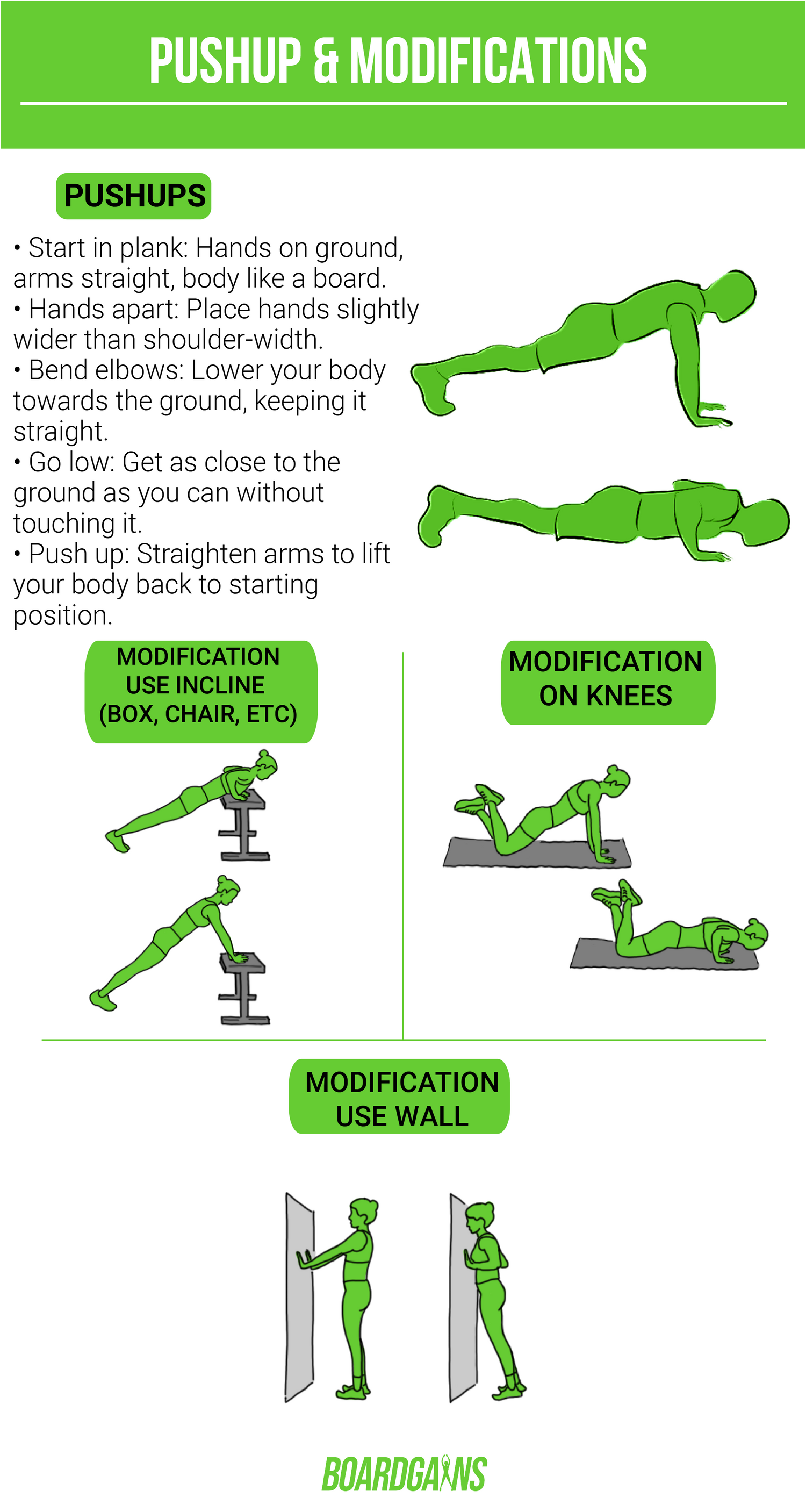
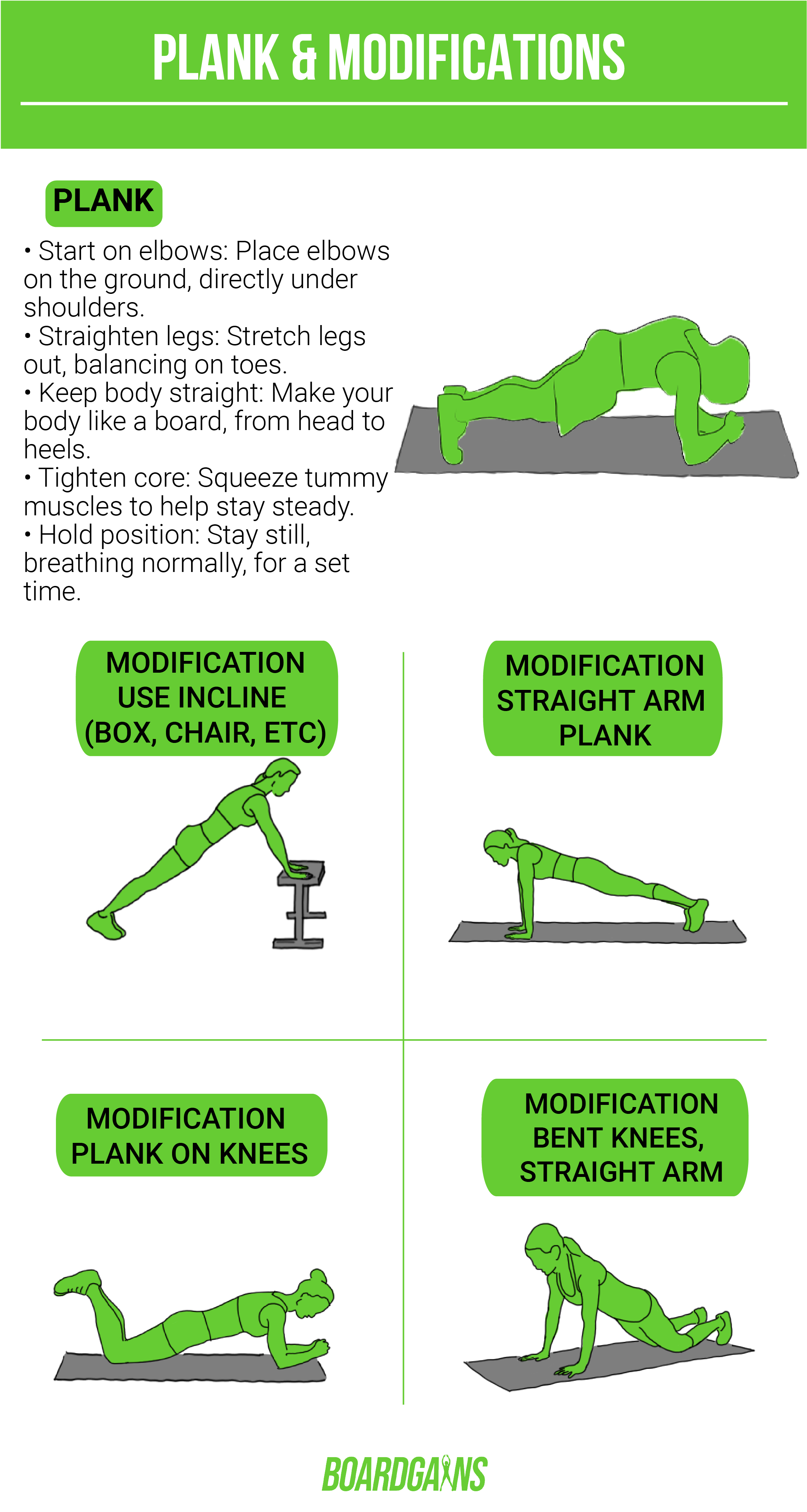
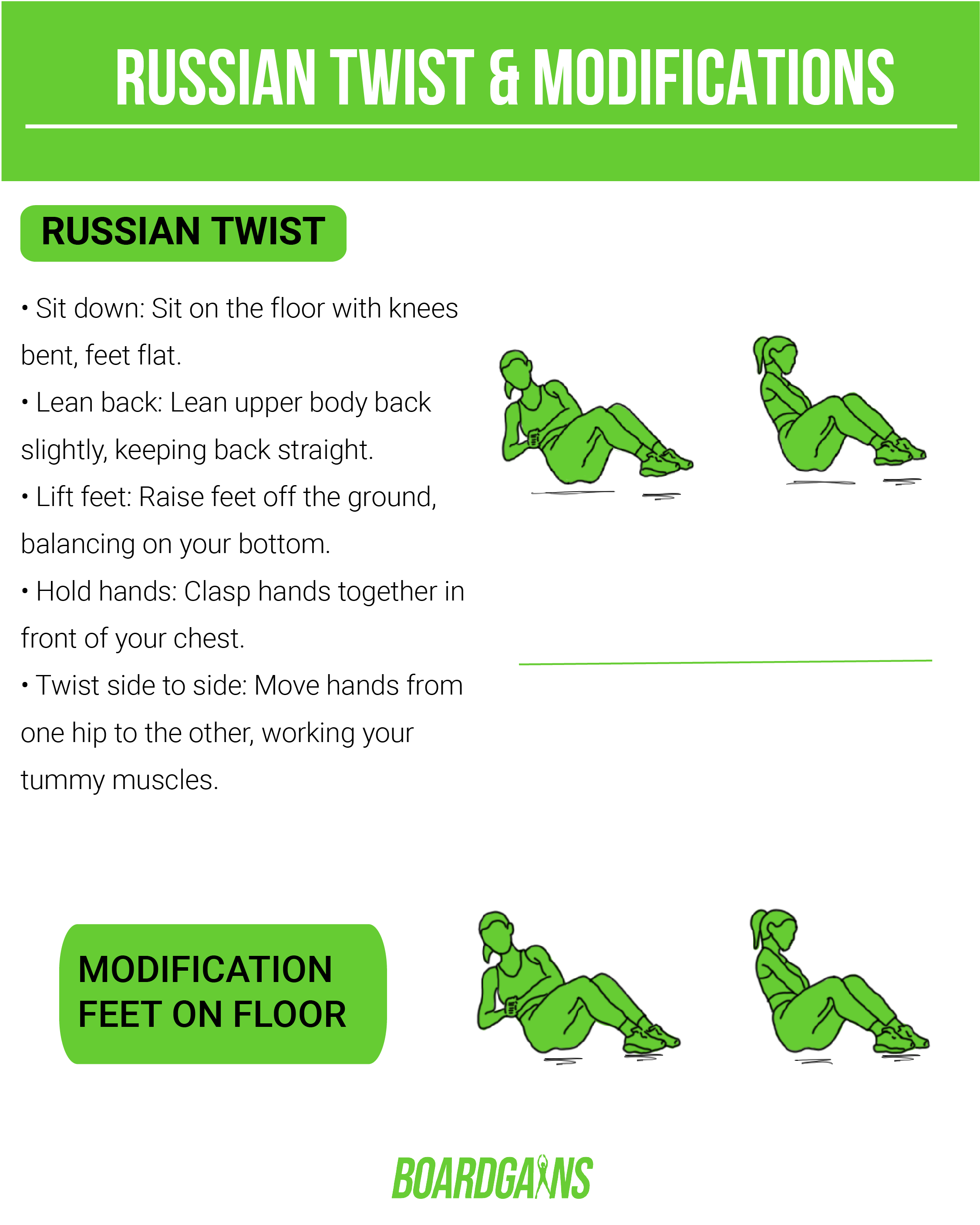
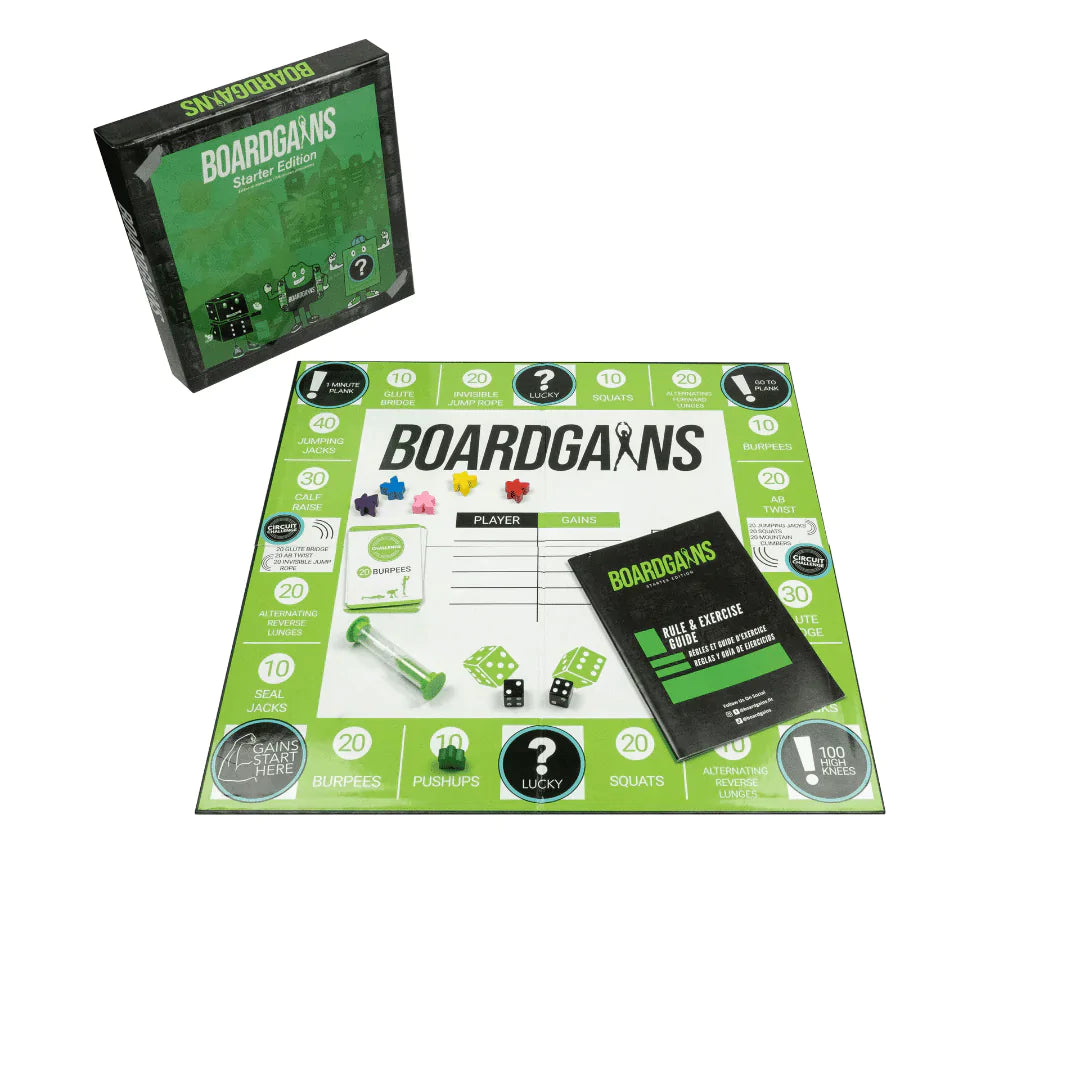
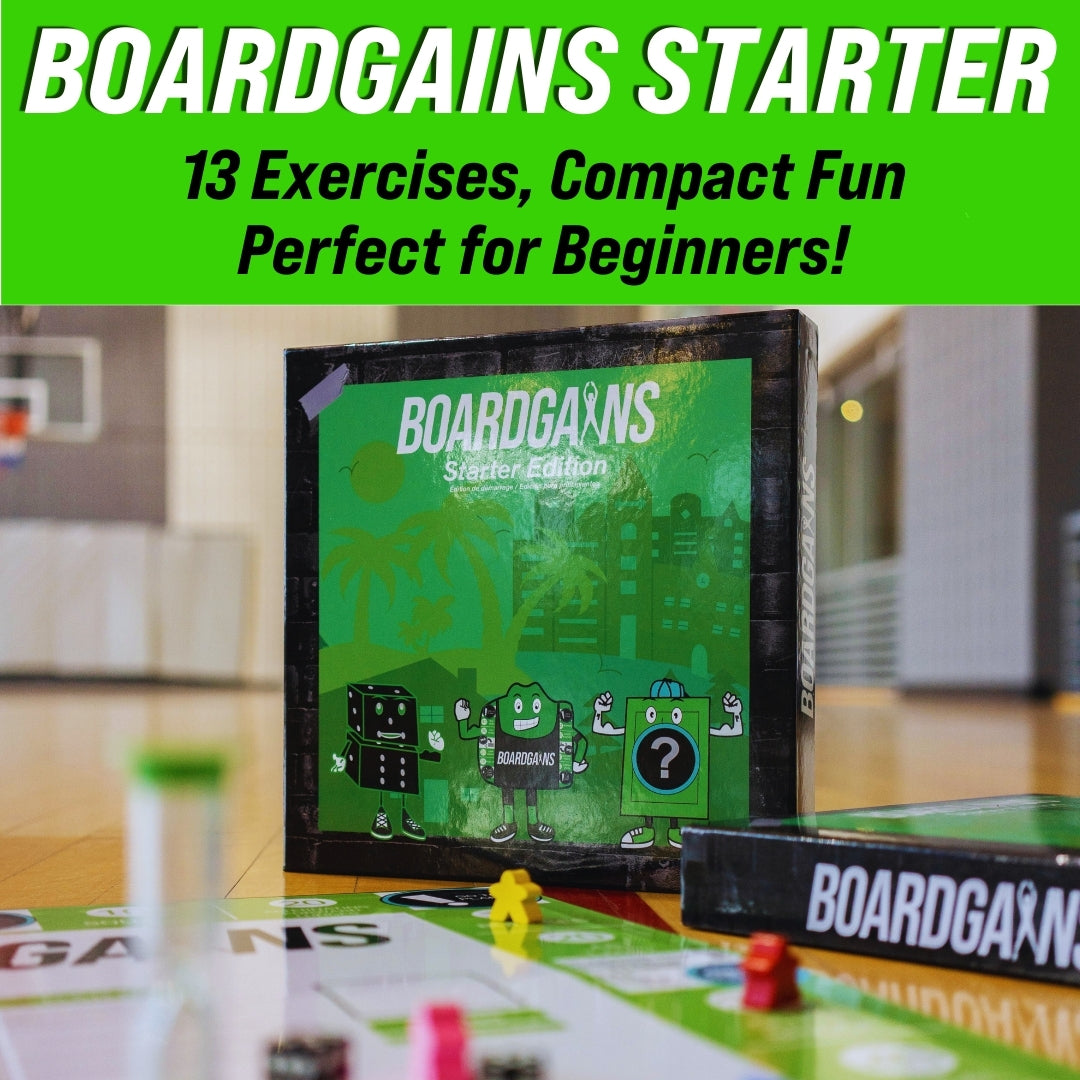

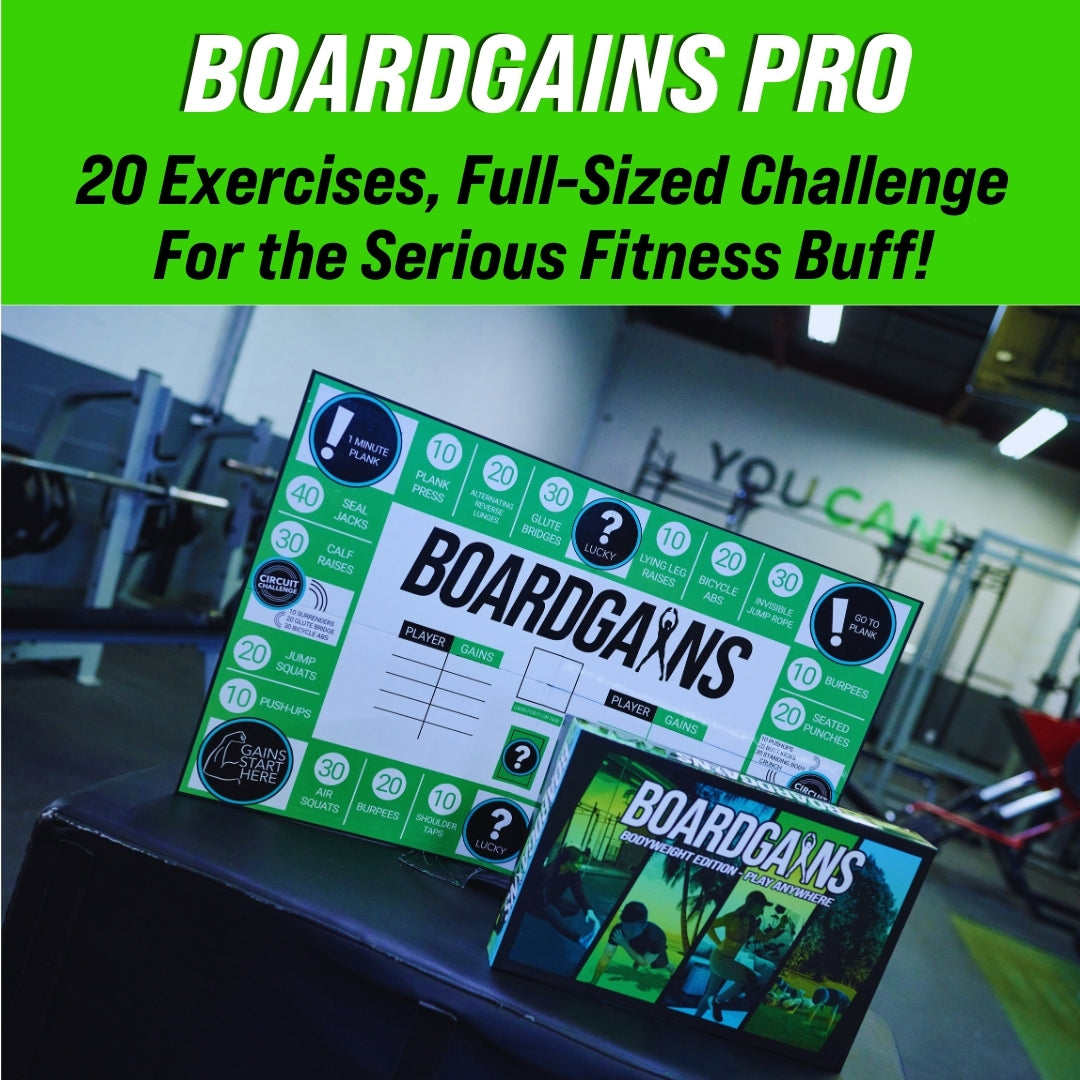


2 comments
sheelapandi sekar
Never skip the warm-up! It primes your body for the intense workout ahead.
https://www.siitus.com/2024/08/20/push-workout-the-ultimate-guide-to-building-upper-body-strength/
Tiara Lee
“Arnold’s interview reminded me that there are no shortcuts to success, especially in fitness. His insights on push-ups echo his philosophy of hard work and determination. It’s time to embrace the challenge and work on those push-ups like never before!
http://arnoldschwarzeneggers.com/
Leave a comment
This site is protected by hCaptcha and the hCaptcha Privacy Policy and Terms of Service apply.